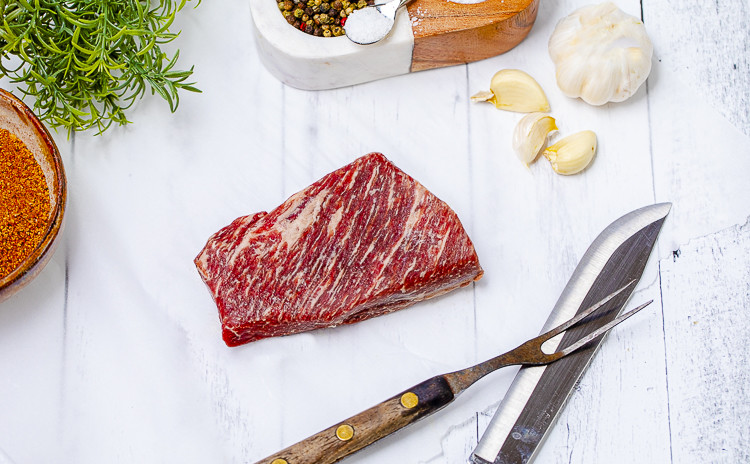Why Do We Raise Wagyu x Angus Crossbreeds?
posted on
March 13, 2019
Genetics:
To give you a recap on the 4 types of Wagyu cattle, there are Japanese Brown (Akaushi), Japanese Black (Kryoshi), Japanese Shorthorn, and Japanese Polled. At Premium Dakota Beef, we raise the Japanese Brown, or Akaushi breed. The Akaushi breed has also long been referred to as the "Emperor's Breed" in Japan. It is considered a national treasure to the Japanese people and wasn't allowed to leave the country until it came to the US in 1994.
- All our Wagyu genetics come from Prime 360 Beef, which is a company we know and trust to provide us with the best quality bulls for success in future generations.
Why?
We chose the Akaushi breed because of their intense marbling, ability to make favorable crosses, good temperament, and desirable frame.
Hybrid Vigor: Remember this term from 7th grade Science class? Well in the world of cattle, it's a very real thing!
The definition of hybrid vigor is the increased vigor or general health, resistance to disease, and other superior qualities that are often manifested in hybrid organisms, especially plants and animals.

By cross-breeding our full-blood Akaushi bulls with Angus cows, we get the best of both worlds.
- Mitigating health problems to prevent disease increases vitality of the herd, meaning we aren't constantly treating our cattle. This creates a cleaner, healthier end product for you!
- Additionally, cross-breeding gives the benefits of superior marbling and meat quality from the Wagyu side, while providing more feed efficiency from the Angus side. This allows us to keep our cost of production lower than other Wagyu producers, which in turn keeps the price of the end product lower than our competitors as well.
- Good temperament is important for our safety and the cattle's safety as well. We provide an environment that encourages calm and happy cattle. This is extremely important to ensure our cattle are always stress free. Stress free cattle provide a healthier and more well-marbled end product.
Finally, we use a natural breeding program for all our cows. We let our bulls in with our cow herds around August for Spring calving. By letting our bulls take care of business on their own, they do the selecting for us. The best cows are always bred first, and if they aren't meant to be bred, nature does the talking. This system works well and helps us maintain a thriving, healthy herd.





